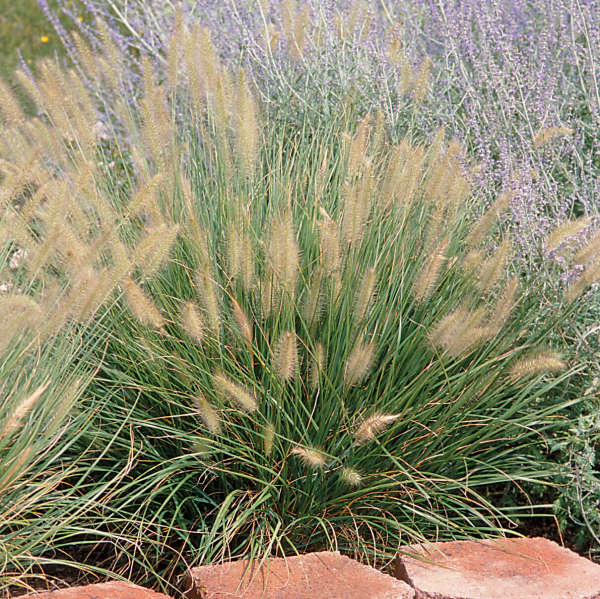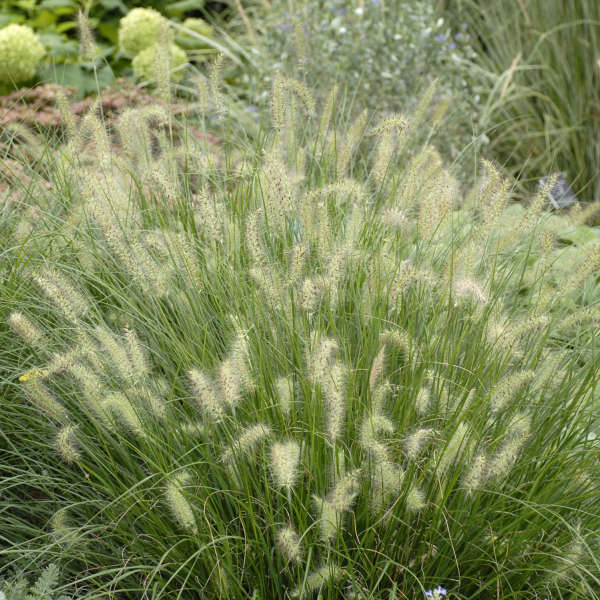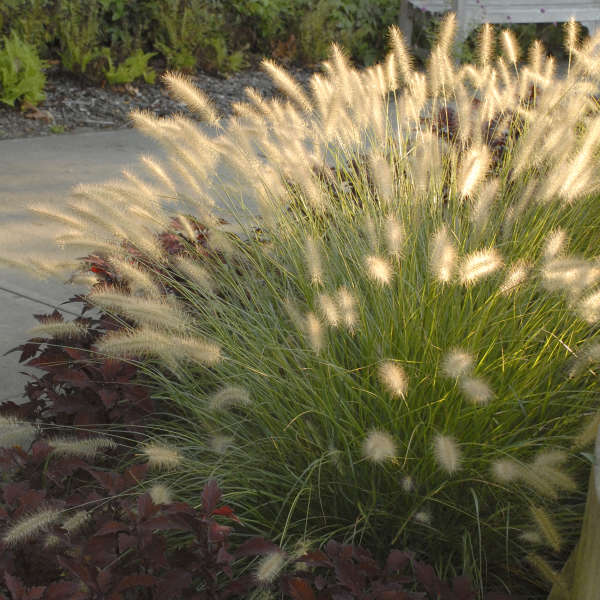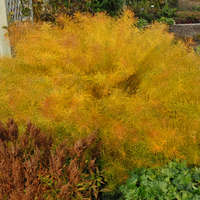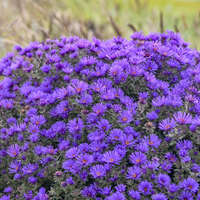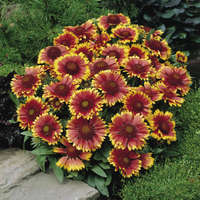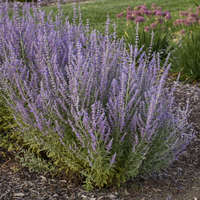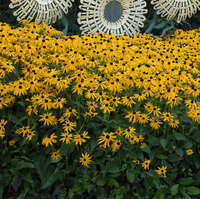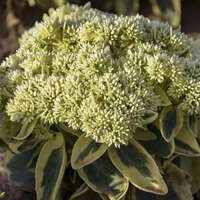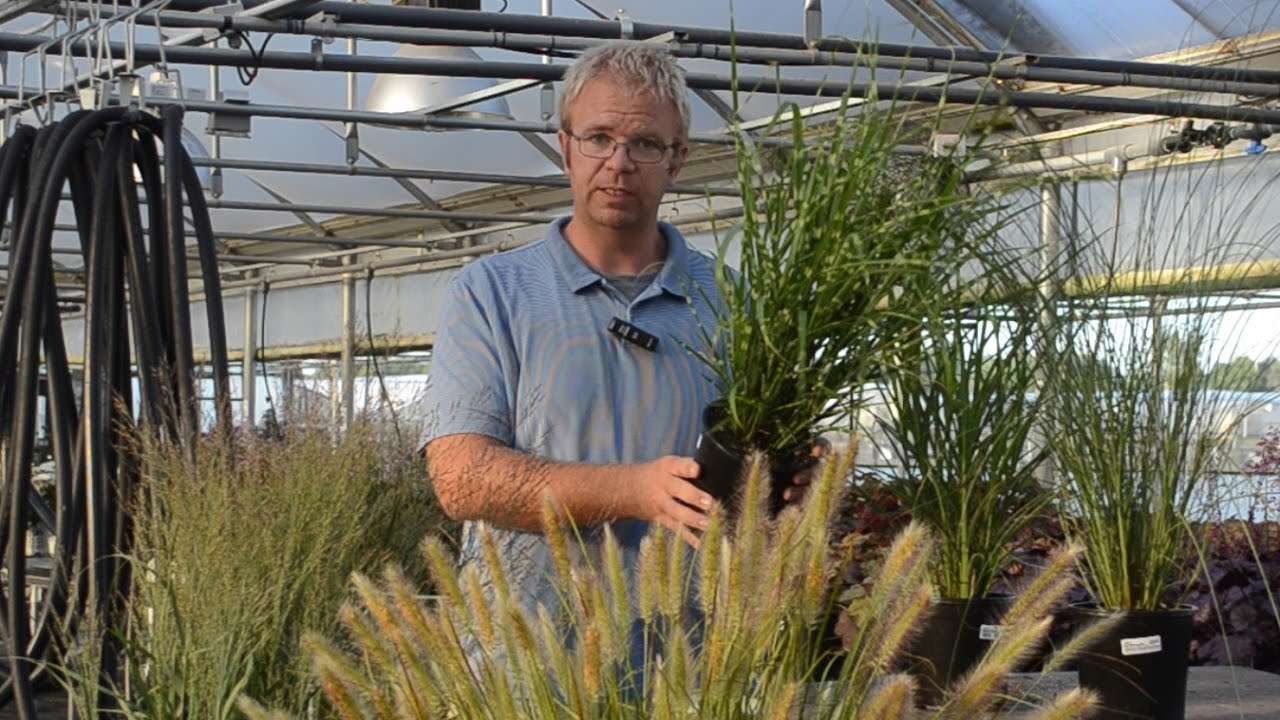Growing Temperature:
Rooting out: 65-72° F
Growing: 65-72° F
Holding Temperature:
40-50° F outdoors
Soil PH:
5.8-6.2
EC (What is EC?):
2.0-3.5 pour through method
Fertility:
Pennisetums are moderate feeders, use 100-150ppm constant liquid fertilization.
Vernalization:
Required for flowering. Provide 12 weeks of cold.
Pests & Diseases:
Pennisetums are generally pest-free plants. One of the reasons we enjoy growing them is because of their pest and disease resistance. They rarely have to be treated. However, scouting is still recommended as a practice of good IPM. When scouting, watch for mites, aphids, and thrips. If the plants are overwatered, watch for root and crown rots.
Potting & Timing:
Pennisetum prefers full sun but can tolerate light shade. Most varieties of Pennisetum we offer are cold hardy perennials down to zone 5. In cooler fall temperatures, many varieties amp up their foliage color for a spectacular fall display.
Moisture:
For potting soil use professional planting media.
Pennisetum grows best in consistently moist soil but can easily handle drier soils. They do not tolerate over-watering well. Grown in rich loamy soils, Pennisetum will flourish. While they can be grown in rocky or sandy soils, extra care should be taken to make sure adequate water is available.
Planting Level:
Place crown at the soil level.
Lighting:
Requires long days to grow and flower. High light levels required.
Other Comments:
Pennisetums look beautiful when left standing in the winter with frost and snow cover. They are best trimmed back in the spring to 3-4 inches from the ground. However, these plants tend to be very attractive to rodents over the winter, especially in the greenhouse, so if a winter display is not desired they should be trimmed back in late fall. Plants may overwinter better if planted in the ground, but they can be successfully overwintered in containers if they are kept covered and protected in a poly-covered house.
